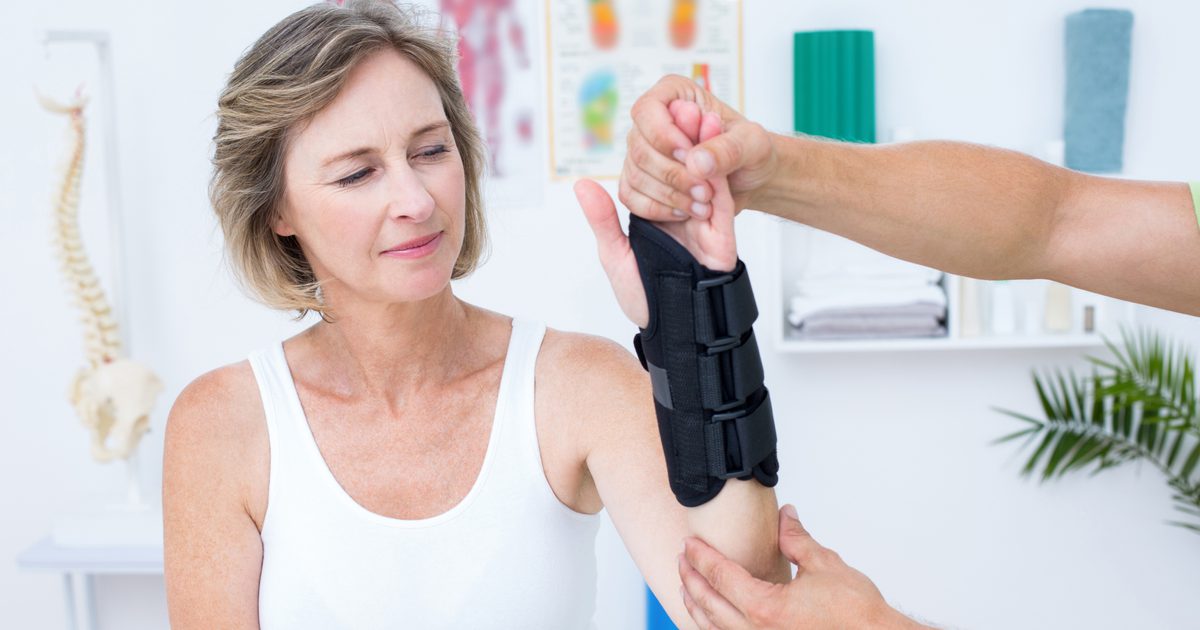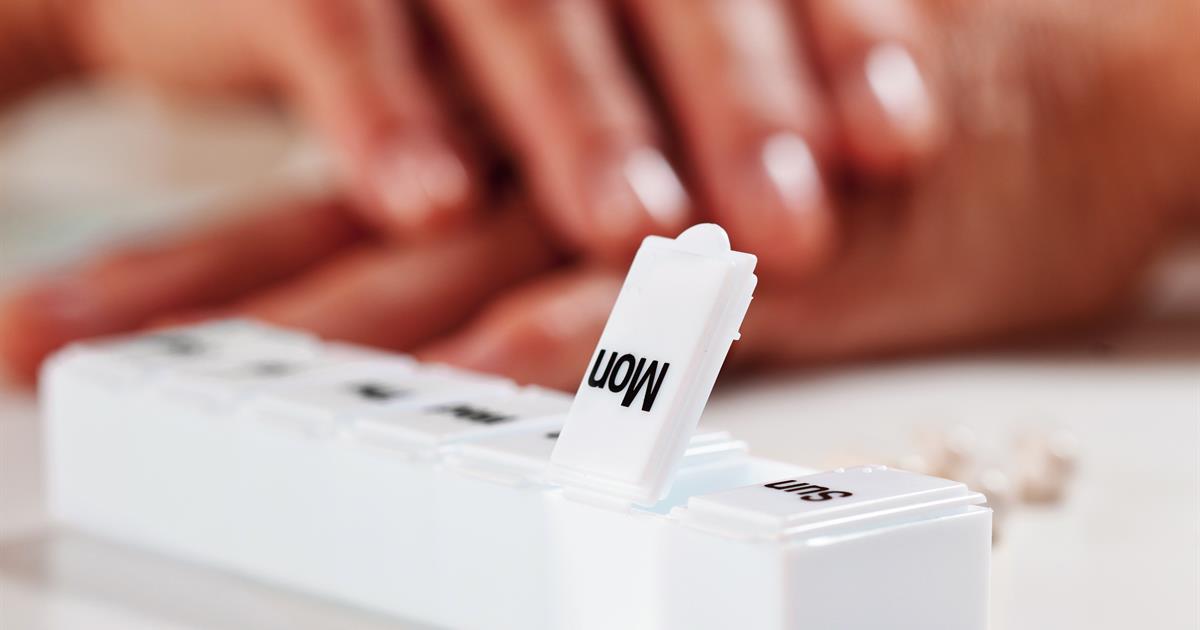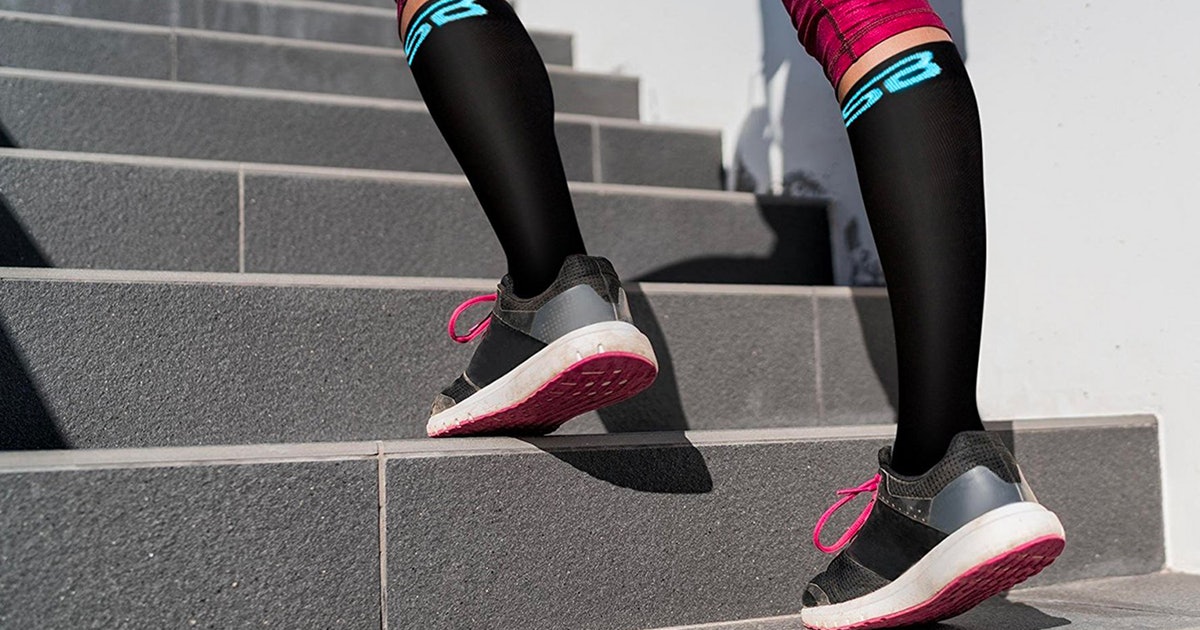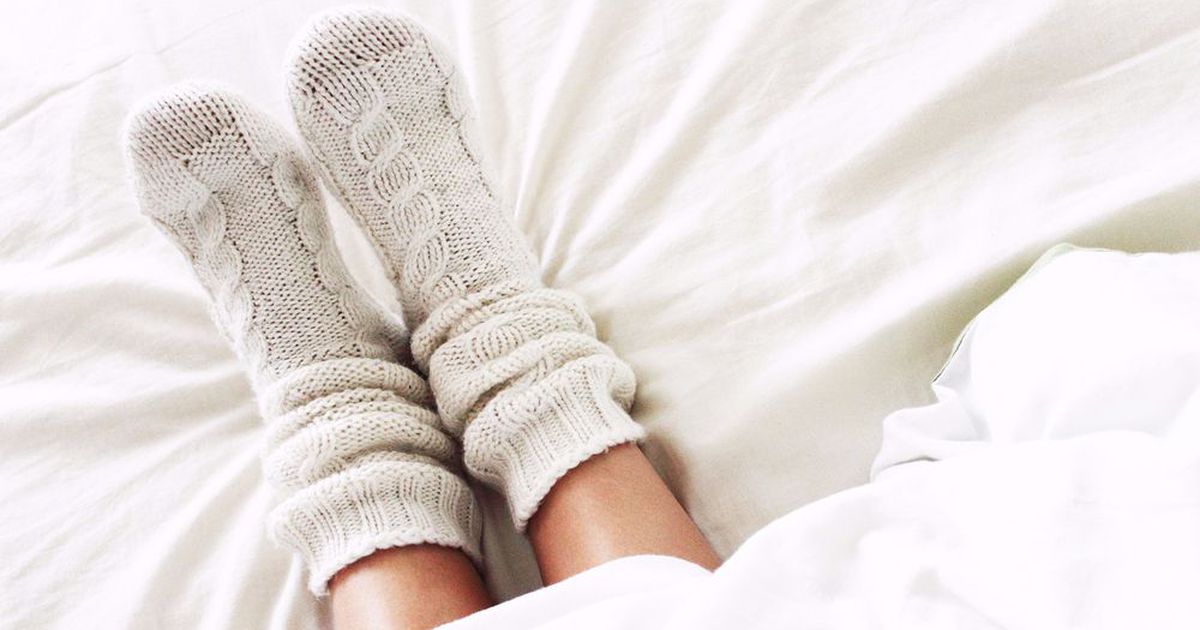Treating And Managing Ganglion Cysts
A ganglion cyst is a benign tumor or swelling that looks like a small, translucent fluid sac under the skin. The usual size is between .4 and 1.2 inches. It occurs most often on the back of the wrist, but it can occur on the inside of the wrist, the ankle, knee, shoulder or the tip or base of the fingers or toes. Trauma or excess stress on a joint can give rise to a ganglion cyst. These cysts are the second highest cause for surgery in the wrist joint, with carpal tunnel syndrome being the first. Women are three times more likely to develop a ganglion cyst than men, and they usually occur between twenty and forty years old. Ganglion cysts are benign (noncancerous) growths and are usually asymptomatic, requiring no treatment. When they do require treatment, one of the following methods is typically used.
Immobilization With Splints

When treatment for a ganglion cyst is deemed necessary by a physician, one possibility is immobilization with splints or braces. At times, a ganglion cyst will increase in size and begin to press on surrounding nerves, causing discomfort. The combination of larger size and discomfort may lead to a compromised range of motion, affecting daily activities. Wearing the brace or splint for a time may help shrink the ganglion cyst, but it is crucial to check with a physician about how long it is safe to splint the area without causing loss of muscle strength. Exercises will eventually be recommended to avoid deterioration of the joint and build strength and dexterity. Often physicians will recommend a medication such as ibuprofen to ease the discomfort of an enlarged ganglion cyst while the splint is being worn.
Learn more about treating ganglion cysts now.
Aspiration

If a ganglion cyst continues to cause excessive pain or restricts the mobility of the affected area, a procedure called aspiration may be recommended. This procedure involves puncturing the cyst with a sterile needle to draw out the enclosed fluid. The area around the cyst will be numbed first, and then the needle aspiration will be accomplished. Following the removal of the clear cystic fluid, the physician may inject a steroid, which serves as an anti-inflammatory to ease pain and prevent a recurrence of the cyst. Often a single fluid-draw will be sufficient to keep the cyst from recurring. Other times, it may be necessary to repeat the procedure, as the cyst is not destroyed and may refill with fluid. If the fluid is extracted three times, the chances of cure are greatly increased, especially when the cyst is on the back of the wrist or hand.
Reveal the next option for treating ganglion cysts now.
Surgical Removal

Sometimes a ganglion cyst recurs after a physician aspirates the fluid one or more times. The cyst may grow in size and cause pain that cannot be managed well with medication, cause tingling or numbness, or restrict movement of the involved joint, which can be particularly troublesome when the dominant hand is involved.
A decision may be made to perform surgical removal with a procedure called ganglionectomy (excision of ganglion cyst). This is considered elective surgery and can be done in an outpatient setting. The patient can go home after a short time in observation. The surgical removal is often done arthroscopically, using a small incision through which the surgeon can insert an arthroscope. This tiny camera helps the surgeon visualize the cyst and remove it. The surgeon removes the cyst and a portion of the joint capsule or tendon sheath involved (the root of the ganglion). The excisions can be done with a larger incision which allows for visualization of the cyst and surrounding structures. Arthroscopic surgery has the advantages of shorter recovery time and a smaller remaining scar. Patients can return to normal activities in approximately two to six weeks after the operation.
Keep reading for more ways in which ganglion cysts can be managed and treated.
Pain Relief Medication

When a ganglion cyst puts pressure on a nerve, pain may become an ongoing problem. This pain may be characterized as a chronic, persistent ache that may be exacerbated by repetitive motion or trauma. In addition to temporary splinting to reduce the discomfort, pain relief medication such as ibuprofen or naproxen may be used as directed by a doctor. A ganglion cyst on the outer part of the wrist often causes more pain than one in the inner wrist area due to the trauma of constantly flexing the wrist joint in ways that put stress on the outer hand area. If the pain becomes a long-term problem without resolution, the cyst may need to be aspirated to relieve pressure on the nerve. As a last resort, doctors may recommend surgery to avoid long-term medication usage.
Uncover another method of treating ganglion cysts now.
Compression Socks

Ganglion cysts (and other types of cysts) can be treated noninvasively with compression socks, which may be purchased over the counter. Trauma to the joints and muscles can be minimized by the use of compression, especially with prolonged standing or walking. The constant use of compression when standing lessens the chances of new cysts forming and maximizes blood flow to the muscles and joints. The compression element is part of the ever-popular RICE treatment, which stands for rest, ice (packs), compression (socks), and elevation. Following treatment protocol like this can greatly help in treating conditions like ganglion cysts, even shortening recovery time.
Read more about managing ganglion cysts now.
Modify Shoes And Lacing Techniques

Patients with ganglion cysts on the feet or ankles might be able to manage their symptoms more effectively if they choose different shoes and modify their lacing techniques. It is important to choose shoes that do not pinch or squeeze the foot, and patients might need to choose flat shoes instead of heels. To prevent the cyst from rubbing against the shoe, patients should try to find shoes that don't touch the cyst. Open-toed shoes, sandals, or flip flops may be beneficial. If sneakers or closed-toed shoes must be worn, placing padding between the cyst and the shoe can reduce discomfort. In terms of lacing techniques for sneakers and boots, patients may wish to experiment with tying the laces in looser knots, and sneakers that do not require lacing may feel more comfortable.
Learn more about dealing with ganglion cysts now.
Avoid Hitting The Cyst

Regardless of the location of a ganglion cyst, it is crucial to avoid hitting the cyst. If the cyst is accidentally bumped, this could lead to pain, numbness, or tingling, and it might increase recovery time. The risk of hitting a cyst on the wrist, hand, or fingers might be reduced by wearing a wrist brace or another type of splint, and the immobilization provided by these devices could help shrink the cyst too. Although tight bandages are not advised, loosely wrapping the cyst with a bandage could increase the patient's awareness of it and reduce the risk of accidentally hitting it.
Patients with cysts on the wrists or hands need to be especially careful to avoid hitting the cyst when performing activities like typing and other actions that involve repetitive motions of the hands and wrists. Individuals who have cysts on the feet or ankles may be able to reduce their risk of hitting the cyst by wearing socks or comfortable footwear with padding placed around the cyst. If a cyst is accidentally bumped and begins to bleed or have a discharge of pus, patients should see a specialist as soon as possible.
